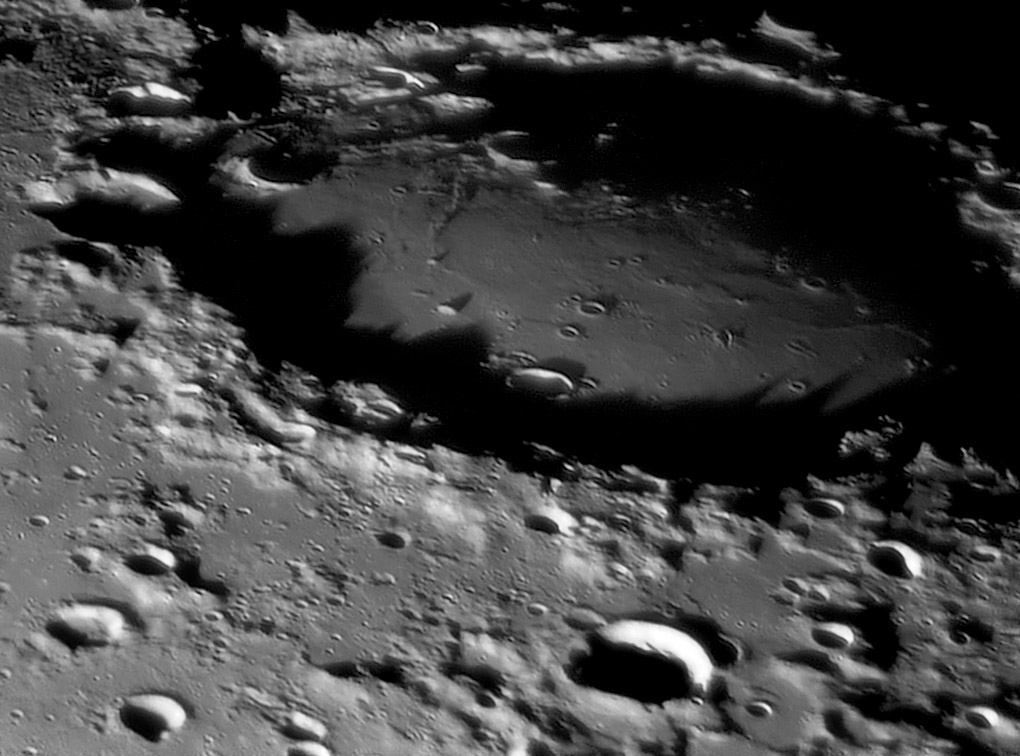Difference between revisions of "December 22, 2014"
| (6 intermediate revisions by the same user not shown) | |||
| Line 1: | Line 1: | ||
__NOTOC__ | __NOTOC__ | ||
=A Small Sea of Lava= | =A Small Sea of Lava= | ||
| + | <!-- Start of content --> | ||
<!-- ws:start:WikiTextHeadingRule:0:<h1> --> | <!-- ws:start:WikiTextHeadingRule:0:<h1> --> | ||
<!-- ws:start:WikiTextLocalImageRule:6:<img src="/file/view/LPOD-Jun10-11.jpg/235642798/LPOD-Jun10-11.jpg" alt="" title="" /> -->[[File:LPOD-Jun10-11.jpg|LPOD-Jun10-11.jpg]]<!-- ws:end:WikiTextLocalImageRule:6 --><br /> | <!-- ws:start:WikiTextLocalImageRule:6:<img src="/file/view/LPOD-Jun10-11.jpg/235642798/LPOD-Jun10-11.jpg" alt="" title="" /> -->[[File:LPOD-Jun10-11.jpg|LPOD-Jun10-11.jpg]]<!-- ws:end:WikiTextLocalImageRule:6 --><br /> | ||
| − | <em>image by [mailto:hp-unigraph@gmx.de | + | <em>image by [mailto:hp-unigraph@gmx.de Harald Paleske], Langendorf, Germany</em><br /> |
<em>Originally published June 10, 2011.</em><br /> | <em>Originally published June 10, 2011.</em><br /> | ||
<br /> | <br /> | ||
Looking acroos the 200 km expanse of Schickard's floor reveals dramatic shadows and an interrupted surface. Most of the floor is lava that flowed over the original deeper floor, hiding a central peak and wall terraces. Are the few small hills remnants of otherwise buried crater rims, or perhaps hints of a inner ring? Their lack of circularity suggests that the mare ridges aren't draped over covered craters, so I wonder what forces caused their formation? The larger parallel ridges at upper left are layers of ejecta from the formation of Mare Orientale. The lavas actually flow around these ejecta ridges, showing that the lavas erupted after the formation on the basin. And as everywhere, random impacts cut the surface with mostly small craters. <br /> | Looking acroos the 200 km expanse of Schickard's floor reveals dramatic shadows and an interrupted surface. Most of the floor is lava that flowed over the original deeper floor, hiding a central peak and wall terraces. Are the few small hills remnants of otherwise buried crater rims, or perhaps hints of a inner ring? Their lack of circularity suggests that the mare ridges aren't draped over covered craters, so I wonder what forces caused their formation? The larger parallel ridges at upper left are layers of ejecta from the formation of Mare Orientale. The lavas actually flow around these ejecta ridges, showing that the lavas erupted after the formation on the basin. And as everywhere, random impacts cut the surface with mostly small craters. <br /> | ||
<br /> | <br /> | ||
| − | <em>[mailto:tychocrater@yahoo.com | + | <em>[mailto:tychocrater@yahoo.com Chuck Wood]</em><br /> |
<br /> | <br /> | ||
<strong>Technical Details</strong><br /> | <strong>Technical Details</strong><br /> | ||
| Line 14: | Line 15: | ||
<br /> | <br /> | ||
<strong>Related Links</strong><br /> | <strong>Related Links</strong><br /> | ||
| − | Rükl plate [ | + | Rükl plate [https://the-moon.us/wiki/R%C3%BCkl_62 62]<br /> |
| − | Harald's [http://www.unigraph.de/ | + | Harald's [http://www.unigraph.de/ website]<br /> |
| + | <p><b>Yesterday's LPOD:</b> [[December 21, 2014|Detailed Color]] </p> | ||
| + | <p><b>Tomorrow's LPOD:</b> [[December 23, 2014|The Cold-Hearted Orb that Rules the Night]] </p> | ||
<hr /> | <hr /> | ||
| + | {{wiki/ArticleFooter}} | ||
Latest revision as of 18:45, 13 October 2018
A Small Sea of Lava

image by Harald Paleske, Langendorf, Germany
Originally published June 10, 2011.
Looking acroos the 200 km expanse of Schickard's floor reveals dramatic shadows and an interrupted surface. Most of the floor is lava that flowed over the original deeper floor, hiding a central peak and wall terraces. Are the few small hills remnants of otherwise buried crater rims, or perhaps hints of a inner ring? Their lack of circularity suggests that the mare ridges aren't draped over covered craters, so I wonder what forces caused their formation? The larger parallel ridges at upper left are layers of ejecta from the formation of Mare Orientale. The lavas actually flow around these ejecta ridges, showing that the lavas erupted after the formation on the basin. And as everywhere, random impacts cut the surface with mostly small craters.
Chuck Wood
Technical Details
16.01.2011. 16 inch Newton, DMK31, red filter, sharpening with deconvolution
Related Links
Rükl plate 62
Harald's website
Yesterday's LPOD: Detailed Color
Tomorrow's LPOD: The Cold-Hearted Orb that Rules the Night
COMMENTS?
Register, Log in, and join in the comments.



